Do you have a raised bed? Are you having issues such as compacted soil, loss of nutrients, growth of weeds, amongst others? You should consider growing cover crops in your raised beds.
Cover crops have so many benefits and they can grow in unfavorable conditions such as the cold of winter.
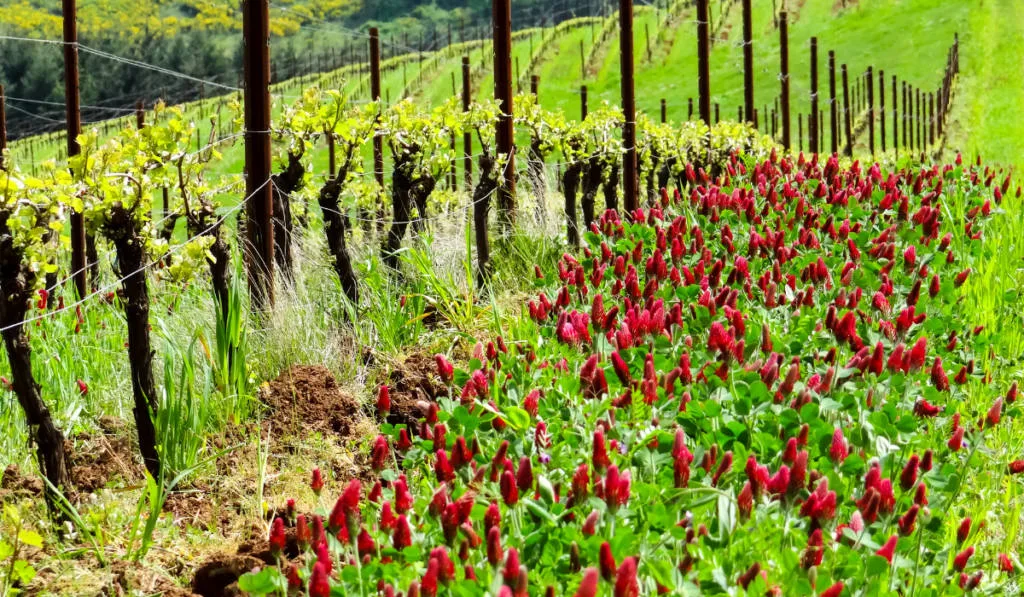
What are cover crops and their benefits? What are the best cover crops for raised beds? Read this article as we discuss these helpful crops.
What are the best cover crops for raised beds? Examples of cover crops that you can plant in your raised bed are:
- Rye
- Oats
- Peas
- Vetch
- Beans
- Barley
- Clover
- Wheat
- Mustard
- Buckwheat
When should you plant them and what can you do with them when they have reached maturity? If you are new to the idea of cover crops you may have a lot of questions. My goal with this article is to satisfy your curiosity.
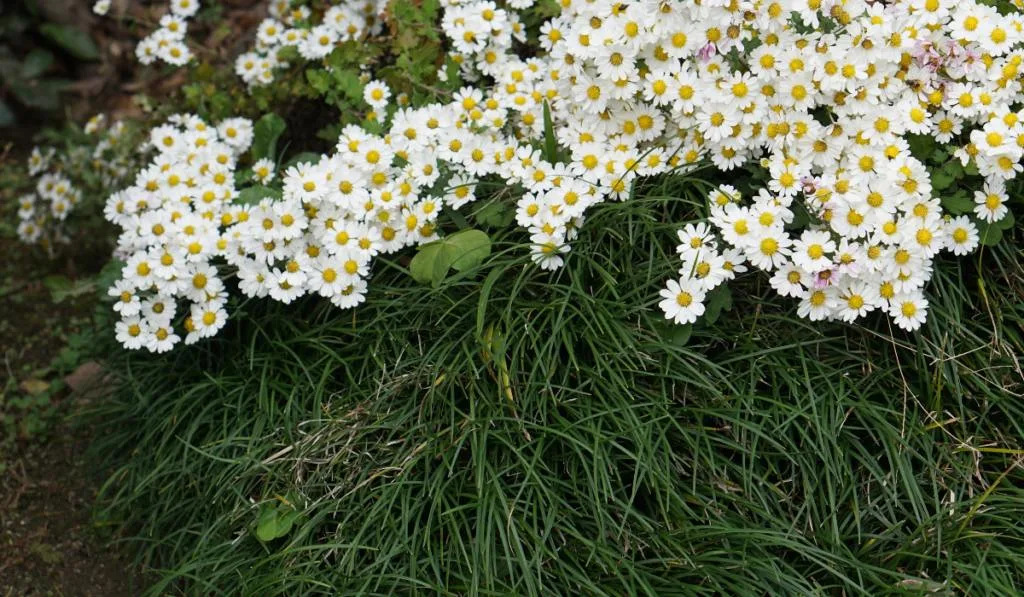
Table of Contents
What are Cover Crops?
Cover crops, also called green manure, are crops that you grow, not for harvesting, but for covering the soil and fixing common gardening issues such as soil erosion, nutrient-depletion, weed growth, and lack of animals such as earthworms and pollinating insects.
Cover crops are mostly legumes and cereals, but other plants like buckwheat, mustards, and forage radishes can be used.
5 Main Uses of Cover Crops in Raised Beds
Cover crops are essential in raised bed gardening. Here are some of their uses:
1. Prevention of Soil Erosion
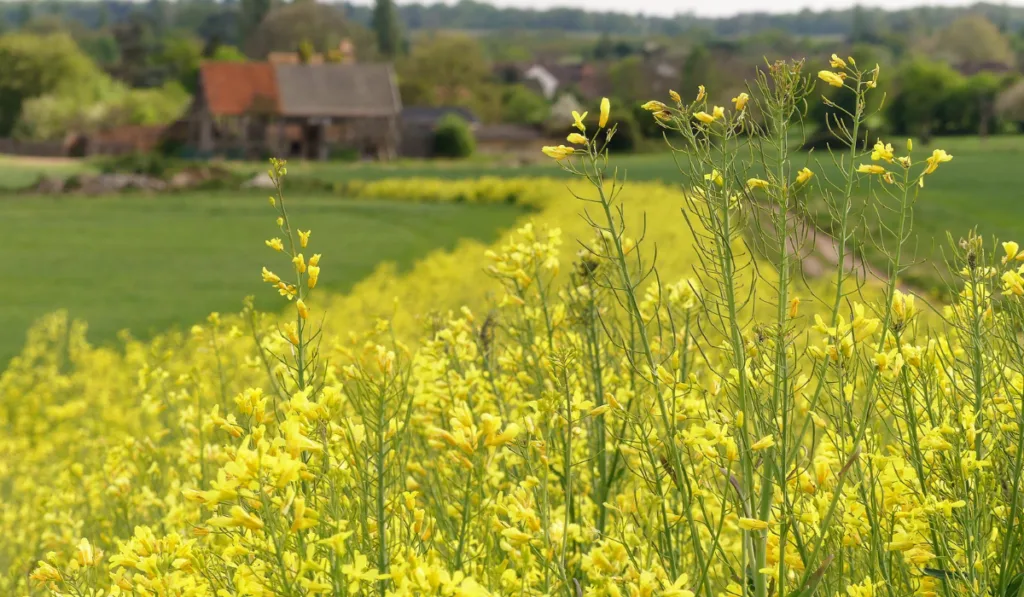
In late fall or winter (i.e. when you are not growing regular vegetables), rain and wind can erode the surface of the soil in your raised bed. If you plant cover crops such as grasses and cereals, their roots will keep the soil together and prevent erosion.
2. Retention of Soil Nutrients

Raised beds are usually rich in nutrients because gardeners use fresh topsoil and compost as well as constantly applying fertilizers in the bed. During fall, rainfall can leach away soil nutrients in a raised bed without liners.
To prevent leaching of nutrients, you should grow cereals such as winter wheat, oats, and barley so that they can grow and absorb (i.e. make use of) the soil nutrients.
In late winter or early spring, you can get back the soil nutrients by cutting the crops and turning them into the soil.
3. Improvement of Soil Health
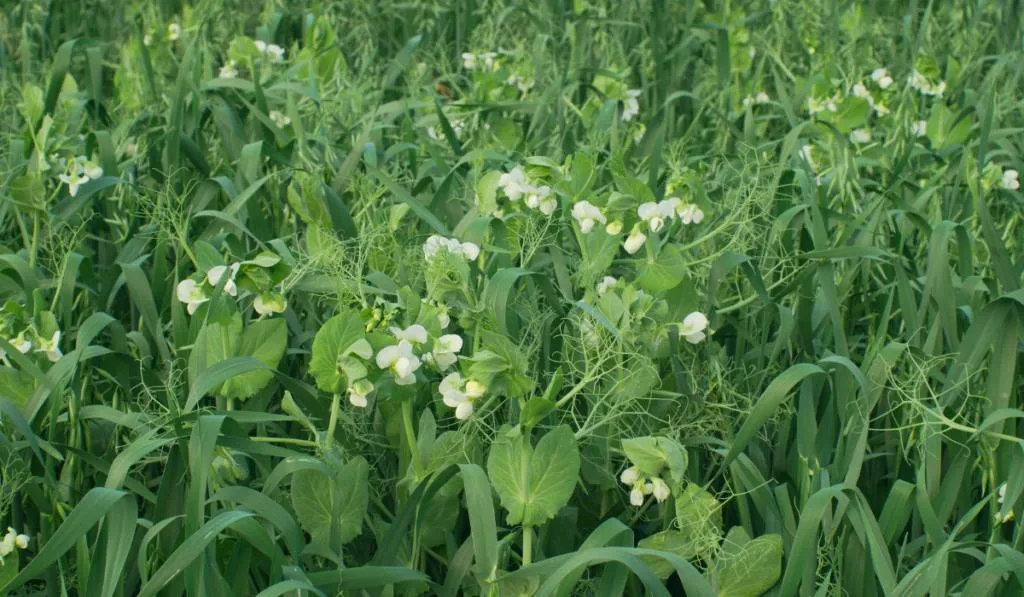
Is your soil nitrogen-depleted? Worry no more. Nitrogen is the most important nutrient in plant growth. If your soil is lacking nitrogen, you do not have to use expensive fertilizers.
Leguminous cover crops such as peas, beans, and clovers can (through the help of friendly microbes) absorb atmospheric nitrogen.
When you turn the plants into the soil, they will provide the soil with more nitrogen as they decompose.
4. Prevention of Weeds
It is not uncommon for weeds to compete with your raised bed vegetables. You can use cover crops to suppress weed growth in two ways:
- Planting cover crops between rows of your vegetables
- Rotating your vegetable growing seasons with allelopathic cover crops
Peas and beans are great companions to your regular vegetables. Allelopathic plants are plants that can produce chemicals that inhibit the growth of other plants.
You should grow allelopathic cover crops such as rye, hairy vetch, and red clover when your regular vegetable growing season has ended.
5. Improvement of Crop Yield
With the improvement of soil health and suppression of weed growth, your raised bed vegetables will have more nutrients and fewer weeds to compete with for nutrients, space, and sun.
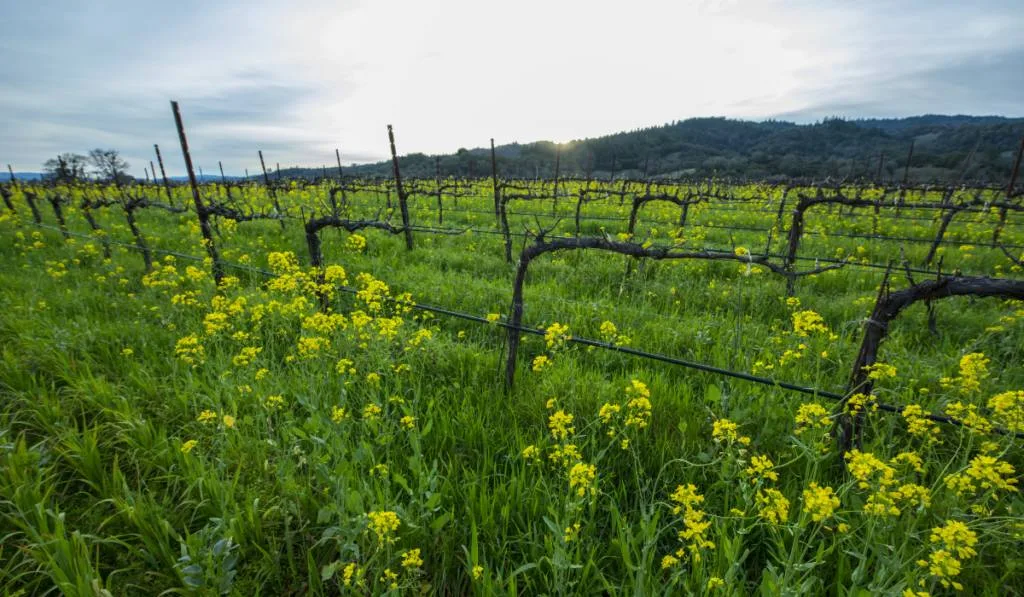
According to a study, there was a 3% increase in corn production and a 4.9% increase in soybean production when farmers used cover crops in their field. (source)
The benefits of cover crops are numerous and we cannot explain all of them, so here is a list of extra benefits of cover crops:
- They Interrupt the Lifecycle of Pests: You can use cover crops in crop rotation to interrupt the lifecycle of pests such as nematodes and insects that prefer a specific vegetable.
- Animal Fodder: Instead of turning cover crops under the soil, you can use them to feed animals such as goats and cows.
- Improvement of Soil Biodiversity: With cover crops present in your soil, the population of beneficial microbes and animals such as earthworms and pollinating insects will increase in your raised bed.
- Weed Suppression and Soil-moisture Retention as Mulch: If you do not want to turn cover crops under the soil, you can dry and use them as mulch in the raised bed.
- Aeration of Soil: If you abandon your raised bed soil in fall and winter, it might become too compacted for your vegetables in spring. The root of cover crops can loosen soil for your vegetables.
Let us discuss when you should grow cover crops.
When Should You Grow Cover Crops in Your Raised Bed?
The time of planting cover crops depends on the crop that you are growing and why you are growing it. As a general rule, you should turn the crops before they produce seeds. If you wait till after they produce seeds before you turn then, cover crops may become weeds in your garden.
The table below lists some cover crops, the season in which you should plant them, and their role:
| Cover Crop | Type | When to Plant | When to Turn | Use |
| Rye | Cereal | Mid-late Fall | Early Spring | Adds organic matter to the soil when you mix it in the soil |
| Oats | Cereal | Spring or Fall | Summer or Spring | Adds organic matter to the soil when you mix it in the soil |
| Cowpea | Legume | Summer | Early spring | Fixes nitrogen in the soil and reduces soil nematodes |
| Barley | Cereal | Fall or Spring | Spring or Fall | Adds organic matter to the soil when you mix it in the soil |
| Alfalfa | Legume | Spring or Late Summer | Fall or Spring | Breaks hard soil and fixed nitrogen in the soil |
| Buckwheat | Brassica | Fall or Spring | Spring or Fall | Adds sufficient potassium to the soil |
| Hairy Vetch | Legume | Early Fall | Spring | Fixes nitrogen in the soil |
| Fava Beans | Legume | Early Spring or Late Summer | Early Summer or Fall | Fixes nitrogen in the soil |
| Garden peas | Legume | Fall | Spring | Fixes nitrogen in the soil |
| Winter Wheat | Cereal | Fall | Spring | Adds organic matter to the soil when you mix it in the soil |
| Crimson Clover | Legume | Spring or Fall | Fall or Spring | Fixes nitrogen in the soil |
You should start your cover crops 3-4 weeks before the first frost so that the plant will be well-established before the first frost comes.
As a tip, you should grow annual cover crops instead of biennial or perennial cover crops in your raised bed.
Annual cover crops, when turned before they produce seeds, are most unlikely to regrow.
You should mow or cut biennial and perennial cover crops before turning them under. It is quite difficult to use a mower in your raised bed, so plant annual cover crops in your raised bed.
Examples of annual cover crops are:
- Rye
- Oats
- Wheat
- Cowpeas
- Soybeans
- Field peas
- Hairy vetch
- Velvet bean
- Crimson clover
- Berseem clover
- Subterranean clover
The following crops are either biennial or perennial:
- Grass
- Alfalfa
- Red clover
- Crown vetch
- Sweet clover
- White clover
Useful Tips on Growing Cover Crops in Your Raised Bed
- You can grow multiple cover crops. Mixing cover crops is called cover crop cocktail
- When deciding on what cover crop to grow, consider the time of the year and why you need cover crops
- Remember that legumes are best for fixing nitrogen, cereals are best for retaining the nutrients in the soil, and grasses are best for weed suppression and soil aeration
Final Thoughts
Cover crops are crops that you grow to cover the soil to prevent soil erosion, nutrient depletion, increase soil structure, and nutrient amongst others.
Examples of cover crops are legumes such as beans, peas, vetch, and cereals such as rye, oats, winter wheat. You can also use brassicas such as mustards, buckwheat, and garden radishes as cover crops.
According to the type of cover crop, you should grow cover crops from mid Fall to early Spring.
Will you grow cover crops for the coming winter? Which cover crop will you grow? Share your thoughts in the comment section below.
Resources:
- https://www.sare.org/Learning-Center/Books/Building-Soils-for-Better-Crops-3rd-Edition/Text-Version/Cover-Crops/Types-of-Cover-Crops
- https://en.wikipedia.org/wiki/Cover_crop
- https://www.sare.org/Learning-Center/Books/Managing-Cover-Crops-Profitably-3rd-Edition/Text-Version/Benefits-of-Cover-Crops
- https://catalog.extension.oregonstate.edu/sites/catalog/files/project/pdf/fs304.pdf
